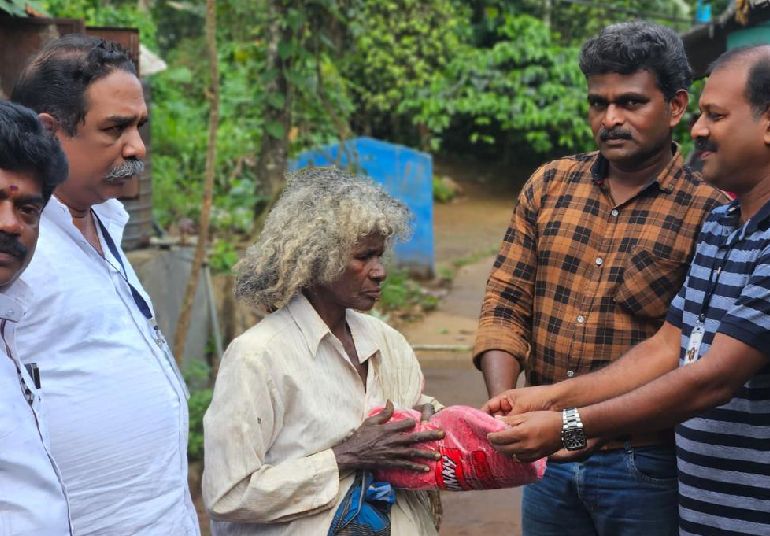
admin is organizing this fundraiser.
In the diverse landscape of India, a significant portion of the population faces the challenge of inadequate clothing. Clothing is not just a matter of fashion; it is a basic necessity that contributes to the dignity, well-being, and protection of individuals. Understanding the need for clothing among the underprivileged in India sheds light on the importance of addressing this fundamental aspect of human life.
- Protection from the Elements: For those living in poverty, exposure to the elements poses a significant threat to health. Adequate clothing provides protection from harsh weather conditions, be it the scorching heat, monsoon rains, or chilly winters. Proper attire acts as a barrier against diseases and ensures a safer and healthier living environment.
- Promoting Hygiene and Well-being: Access to clean and appropriate clothing is closely linked to personal hygiene. The lack of proper clothing can lead to skin infections and other health issues. Ensuring that individuals have clean and well-maintained clothing is essential for preserving their overall well-being and reducing the risk of preventable illnesses.
- Enhancing Dignity and Self-esteem: Clothing is a powerful expression of identity, and its absence can impact one’s sense of dignity and self-esteem. Providing clothing to the underprivileged not only meets a basic need but also affirms their sense of self-worth, fostering a positive outlook and confidence within the community.
- mergency Relief and Rehabilitation: In the aftermath of natural disasters or emergencies, the immediate provision of clothing is a critical component of relief efforts. Displaced individuals often lose their possessions, and supplying them with clothing helps restore a sense of normalcy and dignity during challenging times.
- Sustainable Clothing Initiatives: Beyond immediate relief, promoting sustainable clothing initiatives can contribute to long-term solutions. Programs that teach sewing skills or support local garment industries empower communities to create and sustain their own clothing resources, fostering self-sufficiency and economic development.
Conclusion: Recognizing the need for clothing among the underprivileged in India is a step toward building a more compassionate and equitable society. Addressing this fundamental requirement goes beyond charity; it is a commitment to preserving human dignity, promoting health, and providing opportunities for a better quality of life. By understanding and actively addressing the clothing needs of the underprivileged, we contribute to a more inclusive and supportive community for all.
